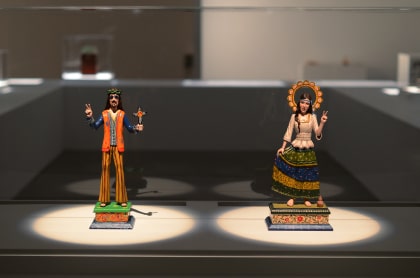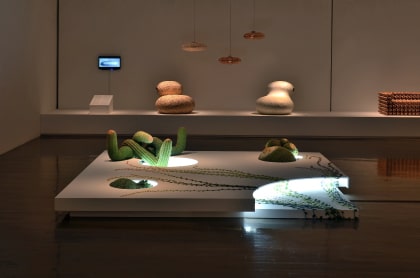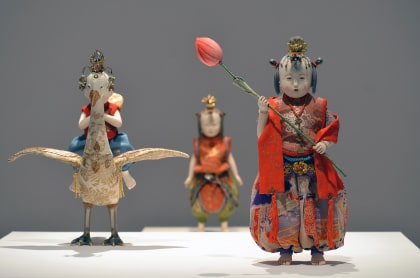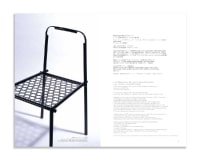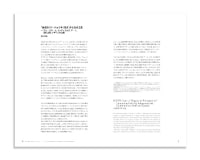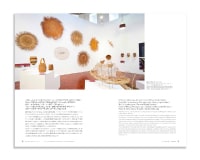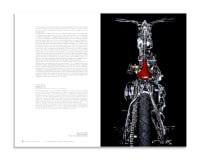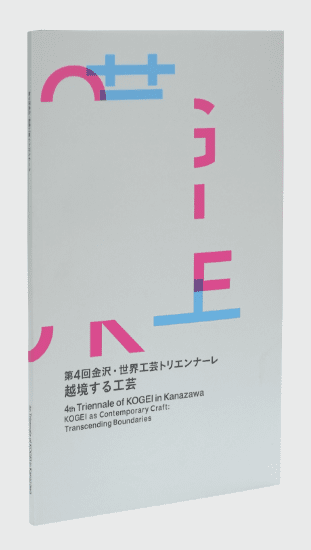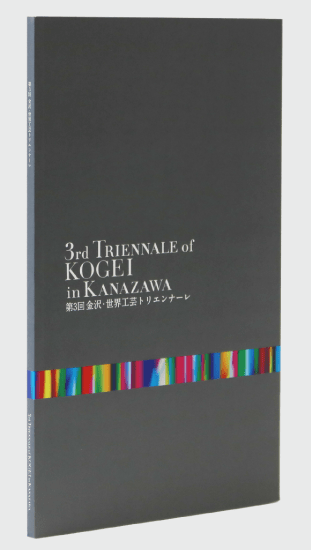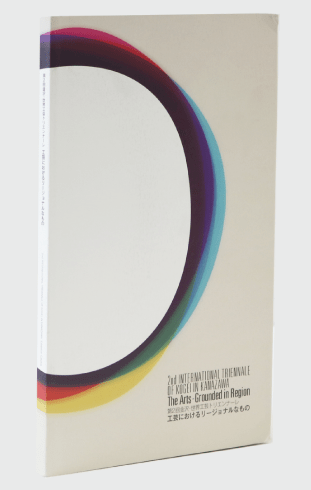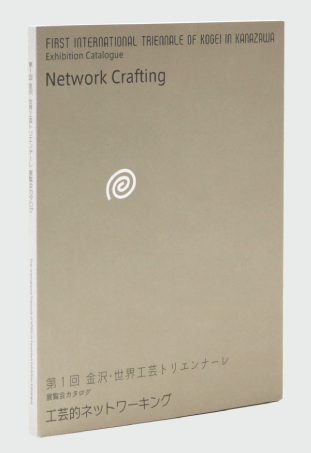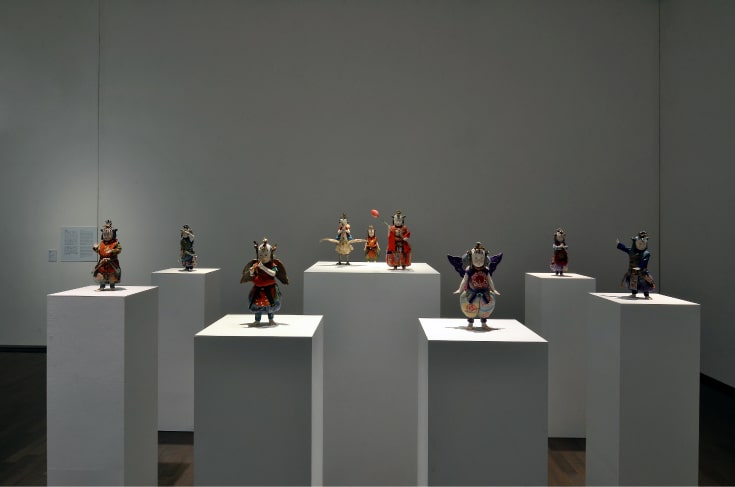
For this, the second triennale, we have selected “The Arts ‒ Grounded in Region” as the theme, and invited curators from Santa Fe (USA), Australia, Taiwan, and Japan with the hope of introducing the characteristics of the respective folk art, Indigenous art, contemporary crafts, and design of the various regions. By comparing the arts of regions differing in history and culture, the viewer will have the chance to examine the possibilities for expression in each area.
KOGEI from a “Regional Perspective”
-Comparing Folk Art, Indigenous Art, Contemporary Craft and Design
AKIMOTO Yuji
The 2nd International Triennale of KOGEI in Kanazawa will explore the aspect of “regional character” in kogei (“craft”) and present works of folk art, Indigenous art, contemporary craft, and design from Santa Fe, Australia, Taiwan, and regions of Japan. The exhibition will endeavor to compare craftical elements found in the arts of regions around the world, represented, in this case, by four regions, each of which possesses its own cultural and historical background. At the same time, the exhibition will also take a fresh look at kogei in Japan.
“The ArtsーGrounded in Region” is an expression broad in perspective, taking the characteristics of folk art, contemporary art, design, and even modern and contemporary craft into its scope.(*1) In this exhibition, we will use the phrase to mean not a single category but rather the “craftical elements” running through all these arts. This method of analyzing kogei in terms of its “craftical elements” was also employed in the 1st International Triennale of Kogei in Kanazawa. This time, we will follow suit, while taking “regional” as a keyword in looking at craftical arts that possess widely varying contexts.
In Japan, there is a tendency to speak of kogei as a distinct art category that represents the special character of our culture; but actually, such art, exhibiting contemporary craftical trends while grounded in regional climate and culture, exists in every region of the world.
In the sense of being grounded in region and having a deep connection with the regional climate and culture, such arts in all regions of the world have a close kinship with kogei as it has developed in Japan. Yet, in all cases, their development processes and visual manifestations reflect differing histories, climates, and cultural backgrounds. In other words, all, as art forms possessing contemporary craftical elements, are founded in uniquely different sources of origin, and as such, the word we need emphasize in conjoining them all is not “global” but rather “regional.”
These craftical arts were once methods for creating the tools and implements of daily life, as well as the decorative items giving color to daily life. With the changing times, they gradually lost their validity and became folk craft products, souvenir products, and traditional items. Because of their close connection with traditional lifestyles, they are treated as essentially different from painting, sculpture, and other globalized or universalized pure arts born from processes of modernization, and are spoken of as pre-modern arts valid only in their region. Then, because they also lacked the creativity and modern autonomous value of design works, they subsided into their region’s traditions and folk culture, and came to be treated as things lacking modern autonomous value. Such is their history until the current time. The history of Japan’s modern kogei is truly a history of overcoming such issues. In its struggle to retain modern validity, Japanese kogei has been able to reinvent itself as a modern art form like painting or sculpture.
We will find this same contemporary rebirth or “reinvention” of craftical elements in regions everywhere. Because of it, regional craftical elements are vigorously surviving, and works that achieve autonomous value by methods quite different from those contemporary art and design contexts are appearing. The folk artwork, Indigenous artwork, and new craftical work we introduce this time are but a few examples.
The regions chosen this time have all, of course, undergone the baptism of modernization. They are also regions that encountered the modern age within the flow of their own particular history, and were able to regenerate their own cultures in the process of modernizing. In each case, we can say, there has been a historical process by which the region has endeavored to surmount the modern era without resorting to the techniques and value systems of modern art (painting, sculpture, and design, for instance). Such trends we will view as today’s kogei or else, taking a broader perspective, as art and design that retains craftical character. Above all, we will view it as the art of today—art that has used its foundation in regional climate, culture, and history to achieve a contemporary character, creativity, individuality, and critical power that transcend its regional background.
*1: A Japanese word, “kogei” means arts oriented to everyday living and arts possessing strong regional character—from a deep connection to the land and its history, or else from an aesthetic awareness shared in common only in that region. It also includes the broad implications of the exhibition theme: “The Arts—Grounded in Region.”
Similar terms are used in other regions participating in this exhibition, such as “Folk art” in the USA (Santa Fe) and “Indigenous art” in Australia. Each of these terms, while sharing a similar standpoint with “kogei” in Japan, connotes a particular range and historical background. As concerns Taiwan, as well, although no term can be seen that similarly has achieved a wide consensus, the artworks displayed in this exhibition are grounded deeply in region and share the implications of the exhibition theme.
Artists:
Santa Fe (USA):
Arthur López, Camilla Trujillo, Catalina Delgado Trunk, Delbert Buck, Irvin L. Trujillo, Juan Lópe, Kevin Burgess de Chávez and Drew Codutti, Luís Tapia, Marion C. Martínez, Mel Rivera, René Zamora
Australia:
Anne Dixon, Danie Mellor, Eunice Yunurupa Porter Warakurna, Florence Minyjway Ashley, Judy Manany, Linda Minawala Bidingal, Lola Greeno, Lorraine Connelly-Northey, Lucy Malirrimurruwuy Wanapuyngu, Mary Jinguwaraba, Mavis Warrngilna Ganambarr, Megan Yunipingu, Nellie Nambayana, Noreen Maday Ashley, Penny Milingu Wanapuyngu, Regina Wilson, Roseanne Maywada Malibirr, Ruby Gubiyarrawuy Guyula, Sharon Djalambarr, Susan Balbunga
Taiwan:
CHEN Kao-Ming, CHIU Chin-Tuan, CHOU Yu-Jui, E Chen, Johan Ku, nendo, Rock Wang, SU Su-Jen, Yuma Taru
Japan:
CHICARA NAGATA, HASHIMOTO Masaya, NAKAGAWA Mamoru, NARITA Junko, OHI Chozaemon X, SAKAI Naoki, TSUCHIYA Yoshinori


